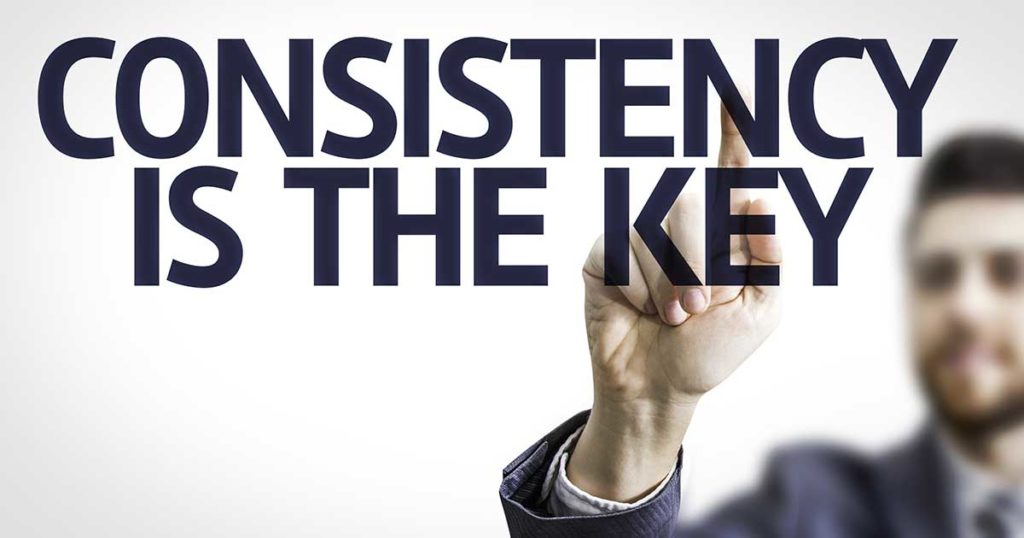John Wooden was the legendary coach of the UCLA Bruins. His basketball teams won 88 games in a row and 10 national championships! Bill Walton was the best player on the team and one of the best in the country. Wooden had a rule in place where he didn’t allow his players to grow a beard.
Everyone around the program knew “the no beard rule” was considered to be non-negotiable. Unfortunately, Bill Walton didn’t get the memo! The story is told that he showed up to practice one day, after a two-week break sporting a beard. Let’s peek into the practice session to see what happens next.
“Now Bill, did you forget something?”
Walton replied: “Coach, if you’re talking about my beard; I grew it, I like it, and I plan to keep it!”
“Bill, is that something you feel strongly about?”
“Yes, it is, coach!”
Wooden then asks: “Is this something you truly believe in?”
“Yes, it’s my right to have it!” said Bill with a loud voice.
Coach Wooden’s next response gives us a hint as to why he’s a legend:
“Bill, I respect people who stand up for what they believe in. I admire your conviction. And Bill, the team is really going to miss you.”
At that moment, Walton went to the locker room, shaved his beard, and went back to practice with the rest of the players. John Wooden recognized the following truth, that applies to your shop: What you allow is what will continue.
 Break the accountability myth! Discover valuable tips and strategies to become more consistent in your shop. Improve your bottom-line and grow your business. Register for ATI’s free webinar.
Break the accountability myth! Discover valuable tips and strategies to become more consistent in your shop. Improve your bottom-line and grow your business. Register for ATI’s free webinar.
The Accountability Myth
Even though Wooden never used profane language or yelled at his players, he was known for his ability to hold people accountable. His story pokes holes in “the accountability myth.”
I often speak with shop leaders who feel they can’t hold people to task because they lack an aggressive personality. “I need to be like George Zeeks,” is what they say. Here’s the definition of the accountability myth: It’s the incorrect belief that holding someone accountable means you have to yell, scream, and act like a tyrant to get results.
Accountability is the byproduct of consistency, not tyranny. So how can you use this to hold your people accountable? Keep reading and you will learn two keys that will help you to maximize the power of consistency.
Consistent Time
Having your meetings on the same day & time creates accountability. Imagine having a weekly one on one every Tuesday at 7 am, where you review how many exit appointments were scheduled. At the end of the meeting, you ask your writer how many appointments she will have scheduled and what she will do to improve by next week.
Even if you never raised your voice, she would leave the session feeling accountable for her results. Bill Walton didn’t make the necessary change until he realized that there were consequences for deciding not to comply. The consistent day and time create the consequence of having an uncomfortable conversation with you.
Consistency Tool
Written documents are a great consistency tool to keep everyone accountable. Earlier in my career, I would have a shop meeting where I would explain to the technicians how to perform a courtesy check. At the end of the meeting, they would nod their heads telling me they understood.
Later in the week, I would review tickets and find that a particular technician wasn’t on the program. When I asked him why he would claim to be unclear on what I was looking for. To resolve this, I implemented the “I know it” coupon.
Here’s how it worked: At the end of my training meeting, everyone would sign a pre-written document stating that they were trained on the topic and agreed to comply. It was noted on the document that the failure to comply in the future carried the consequence of further disciplinary actions. The coupon sent a consistent message, keeping everyone on the same page.
Conclusion
So there you have it. Having your meeting on the same day and time, and using consistency tools, will help you to hold people accountable.
By being willing to part company with his best player, Coach Wooden sent a message to the rest of the team that consequences would be applied consistently. What consequences do you have in place, if someone decides to dribble down the lane of non-compliance?
For more tips on how to bring customers to your shop and plan your shop’s comeback, check out our free webinar.
